One of the more memorable action games I’ve played this year is a game uses the PlayStation Move motion controller to paint a symphony of destruction. Last seen at the E3 2010 PlayStation press conference, Sorcery captured the imaginations of PS3 owners while remaining tantalizingly out of reach. At last week’s PlayStation media showcase in New York City, I was finally allowed to go hands-on with Sorcery and speak with its design director, Brian Upton, who stated that the game is on-track to release next year.
Sorcery is running on a heavily modified version of the Unreal engine, and the art direction has progressed by leaps and bounds since its last showing. The game now skews a bit older, with nastier monster designs and edgier spellcasting combat. Watch the video, read our full Q&A, then let us know what you think of Sorcery in the comments!
PlayStation.Blog: I’ll cut to the chase: Why have we had to wait so long to see Sorcery again?
Brian Upton, design director, Sorcery: Coming out of E3, we knew there were some things we weren’t happy with. We really wanted to re-tool the game’s look, its world. We had the gameplay we wanted, but it just wasn’t ready for public consumption.
PSB: Tell me a bit about the character and quest. What’s changed since the original debut?
BU: The hero is Finn, he’s a sorcerer’s apprentice and a real hothead: he’s always trying to learn things he’s not ready to learn yet. When the game starts, your master’s magical talking cat, Erline, dares Finn into venturing into the realm of the dead. Finn, being the guy he is, can’t resist.
In the realm of the dead, you accidentally unleash something very, very bad. The consequences are dire for you and the entire world, so the quest is to undo the trouble you’ve caused. You also begin to realize the Erline is much more than a magical talking cat: she’s central to the whole problem that you’ve created. You’re cast somewhat in the role of Erline’s protector, you’re trying to get her from the human world to the heart of the faerie world to fix this problem.
PSB: Once I got my hands on Sorcery, I was particularly surprised by the intensity of the combat. What does spellcasting bring to combat?
BU:We noticed that with a lot of motion-controlled games, it works a bit like Simon Says: you’re told to do something and you do it. But that’s not how action games work. Action games let you be creative, to craft your own solutions to the problems you face. So we wanted a game that taught you easy gestures, which became tools that you can use in combat. You can use basic spells in a variety of ways, but you can also layer them on top of each other to create more complex and powerful spell effects.
PSB: I noticed that when I combined the cyclone spell with the fire wall…
BU:Yeah, the Firenado is great. It’s one of the more powerful spells in the game. But there are lots of clever ways to use it: you can pick an enemy up with a cyclone and push it through a campfire to create a Firenado. Or you can cast a fire wall, shoot arcane bolts through it to create fire bolts, and aim them at a whirlwind to suck your enemy in and incinerate him. There’s a whole array of ways to inflict damage in this game.
PSB: Tell me about Sorcery’s approach to motion controls. What’s your philosophy?
BU: We wanted something very accessible, something you can pick up quickly. The very first spell you learn, arcane bolt, is very simple to use because you just flick it forward. It’s like throwing stuff at your enemy. As you keep using it, you start to realize its depth: you can curve bolts and arc bolts around obstacles. When you start using ice magic, you can slow down enemies, or freeze them repeatedly and smash them with another spell.
PSB: How do the gesture-based puzzles fit into Sorcery?
BU: We don’t want you fighting all the time, partly because it’s a gesture-based game and you’d get tired. So we try to mix up the intense combat with puzzles to solve. The gestures are pretty simple: You mend things, move them around. It’s less a question of figuring out how to do something; you might see something you can get on top of, and you’ll wonder how you can get up there, what you can rearrange. They aren’t intense brainteasers, but it does change the pace in the overall game.
PSB: I noticed that Sorcery employs an automated camera, a bit like God of War. How does it work and why did you take this approach?
BU: We want to keep it simple: If you have to do camera maintenance all the time, it really sucks. We’re not a shooter, but we do learn a lot of lessons from shooters. In a shooter, on a basic level, you want to establish an interesting shooting gallery and let players be absorbed in it. When you encounter a new group of cameras, the auto-camera will shift to focus on them. It’s a function of trying to streamline the game as much as possible.
PSB: Will there be any RPG elements? Will Finn be able to upgrade his abilities over the course of the game?
BU: There’s an alchemy system. As you travel through the world, you’ll discover magical ingredients and you can use them to research new magical potions. There are roughly 56 magical potions in all, and every time you drink one, it gives you a permanent upgrade. You’ll have about a dozen opportunities to do it, so these potions basically become your build tree, your stats, the way you customize Finn. Do you boost your health or your ice powers? Or maybe make your shield bash more damaging?
PSB: Is Sorcery a shooter? And if not, what is it?
BU: As a designer, I used a lot of the principles of shooter design. I have a shooter background: I worked on Rainbow Six and Ghost Recon. Coming from that shooter background, I learned a lot of lessons about how to build an encounter. But Sorcery is not a shooter. Your fire rate is much lower, you have to deal with Mana limitations, you can curve and arc your shots…we used shooter gameplay as a touchstone, but then we took it way beyond what shooters do.
PSB: Earlier you mentioned a shift in the game’s tone since E3 2010. Could you shed any light on that?
BU: What we showed at E3 was largely organized around a dungeon crawl, and we realized we didn’t want that. We wanted a full-blown fantasy world, not a series of tunnels. A lot of our re-tooling involved moving the action gameplay into a more free-flowing space. The E3 version also had a much younger hero, and the enemies were a lot more cartoonish. We though, “you know, we have a game here that would appeal to a hardcore PlayStation gamer…and it looks a little bit like Spyro!” [laughs] We didn’t want people to get the wrong impression, so we wanted to bring the visuals in-line with the gameplay.



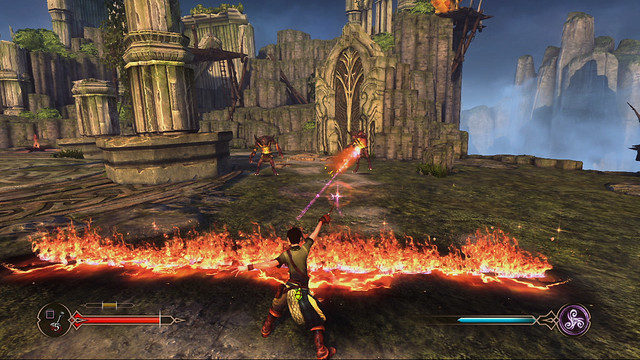
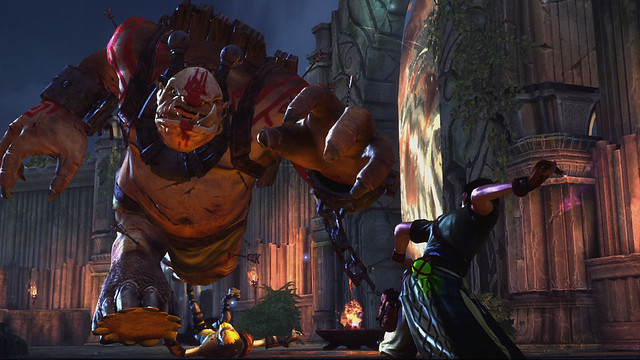
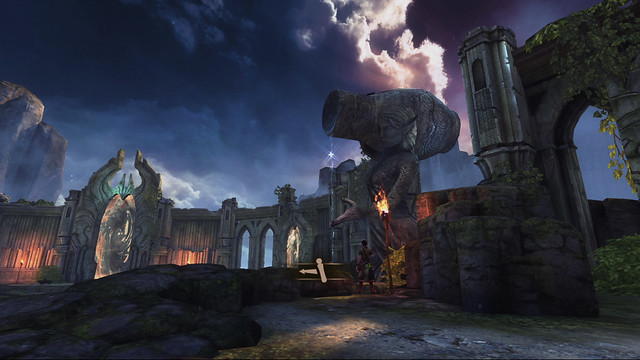
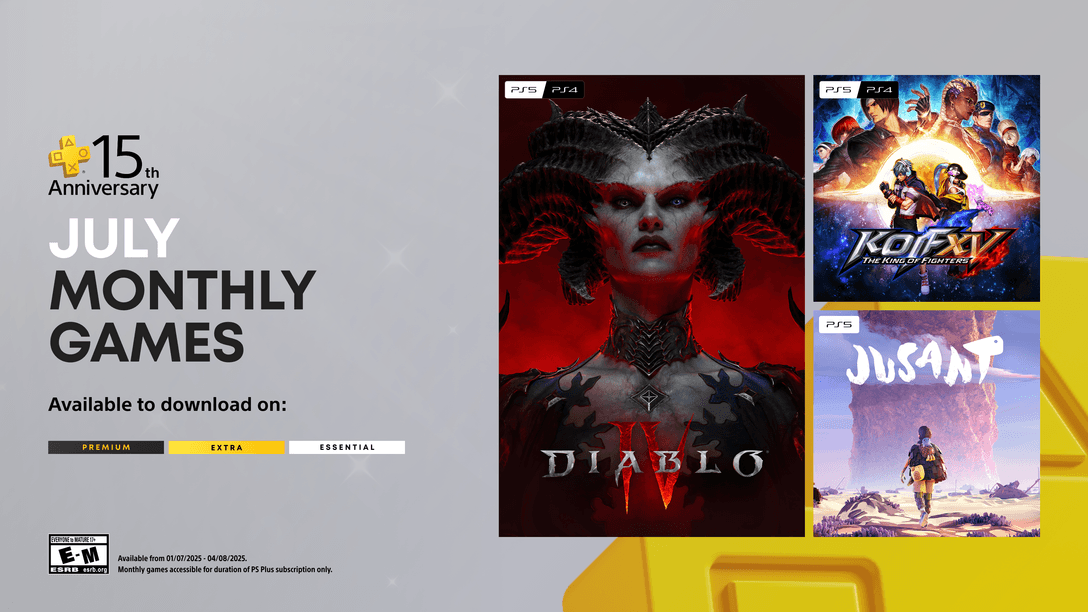
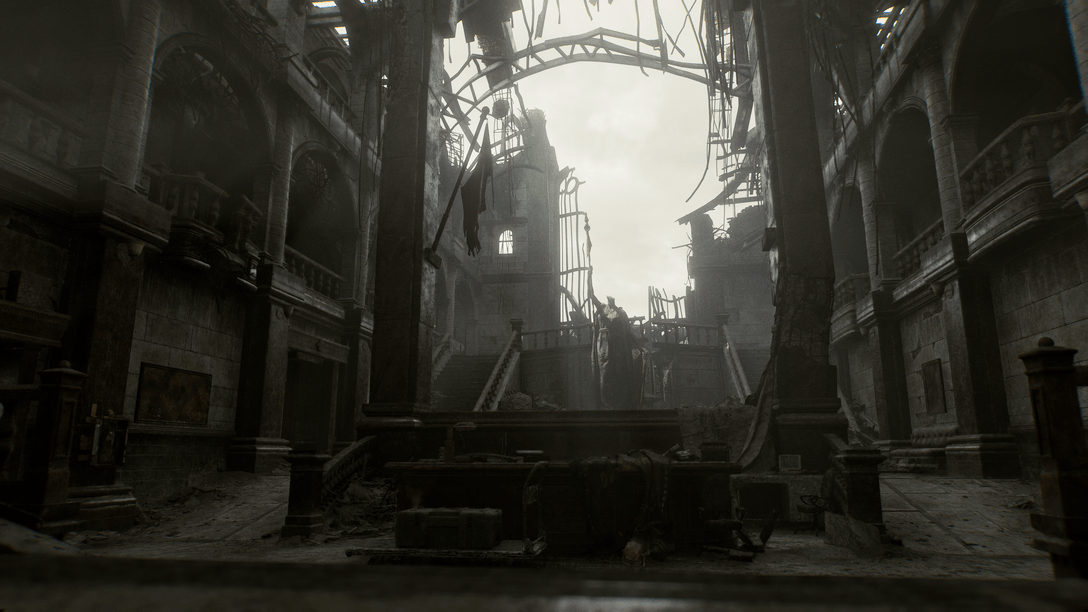
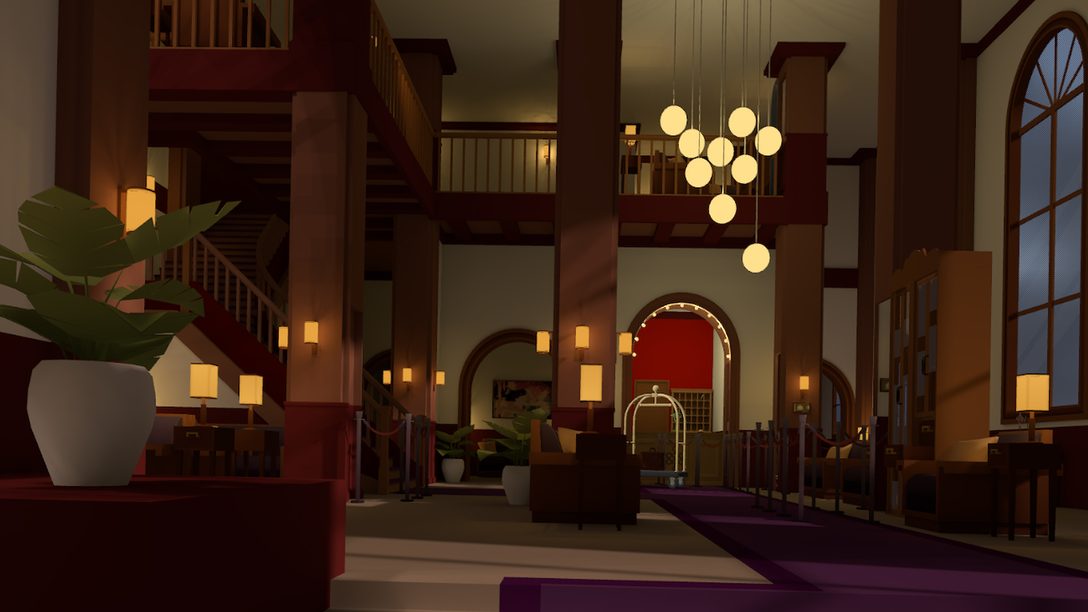
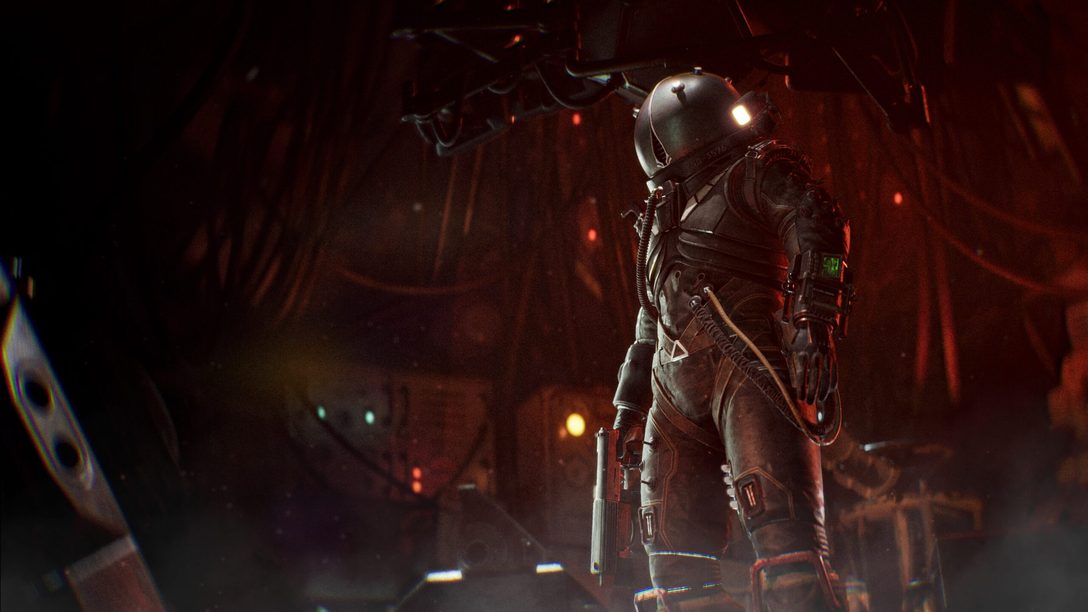




Join the Conversation
Add a CommentBut don't be a jerk!
19 Comments
Loading More Comments